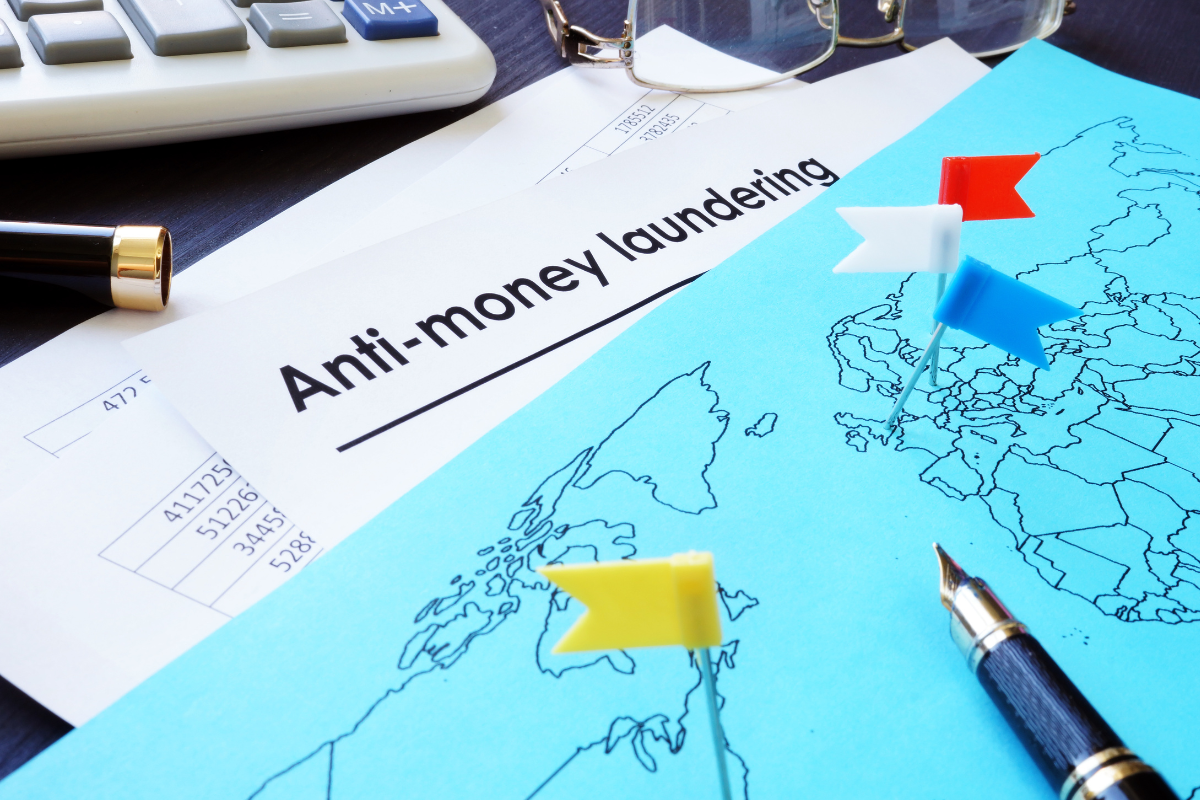In the age of globalization, e-commerce has transformed the way we shop, allowing us to access products and services from around the world with just a few clicks.
But have you ever wondered how those cross-border payments work behind the scenes?
In this article, we’ll unravel the complexities of cross-border payments in e-commerce and provide you with insights on how to navigate this fascinating world.
Whether you’re a seasoned online shopper or a curious individual, join us on this journey to break the borders of payment barriers.
Table of Contents
ToggleUnderstanding Cross-Border Payments
What Are Cross-Border Payments?
Cross-border payments, in simple terms, refer to financial transactions that occur between individuals or businesses located in different countries.
These payments enable international trade and e-commerce by allowing buyers to pay sellers across geographical boundaries.
Imagine buying a unique handcrafted item from a seller in Japan while sitting in the comfort of your home in the United States – cross-border payments make this possible.

The Importance of Cross-Border Payments
Cross-border payments are the lifeblood of global e-commerce. They facilitate the exchange of goods and services on a worldwide scale, connecting businesses and consumers from diverse cultures and regions.
Without efficient cross-border payment systems, international trade would be cumbersome and limited.
They enable businesses to reach a broader customer base and offer consumers access to a wider array of products.
Challenges Of Cross-Border Payments
Currency Conversion Hassles
When you make a cross-border purchase, you often encounter the challenge of dealing with multiple currencies.
Each country has its own currency, and this leads to currency conversion, which can be accompanied by unfavorable exchange rates and additional fees.
Transaction Fees and Hidden Costs
While making cross-border payments, you may be surprised to find unexpected transaction fees and hidden costs that can significantly increase the overall price of your purchase.
These fees may include currency conversion charges, international transaction fees, and intermediary bank fees.
Security Concerns
Security is a paramount concern when it comes to cross-border payments. Transmitting sensitive financial information across borders can expose you to risks such as data breaches and fraud. It’s essential to choose payment methods and platforms that prioritize security.
Payment Gateways: Your Bridge Across Borders
When it comes to SaaS Billing, you want a solution that not only simplifies the payment process but also ensures security and compliance.
This is where companies like PayPro Global. PayPro Global is not a traditional payment gateway. Instead, it is a company that provides e-commerce solutions and services, including payment processing services.
This includes payment processing, subscription billing, e-commerce platform integration, and more.
While they do facilitate payments, they are not primarily known as a standalone payment gateway like PayPal, Stripe, or Authorize.Net.
What Is A Payment Gateway?
A payment gateway is like a virtual bridge between you, the buyer, and the seller. It facilitates the secure and smooth flow of funds from your account to the seller’s account.
Payment gateways play a crucial role in e-commerce, ensuring that your payment reaches its destination promptly.
How Payment Gateways Simplify Cross-Border Payments
Payment gateways simplify cross-border payments by handling various aspects of the transaction, including currency conversion, security, and compliance with international regulations.
They provide a user-friendly interface for customers to enter payment information and make the checkout process seamless.
Popular Cross-Border Payment Methods
Credit And Debit Cards
Credit and debit cards are among the most widely used payment methods in cross-border e-commerce.

They offer convenience and familiarity to buyers, allowing them to make international purchases with ease. However, it’s essential to be aware of foreign transaction fees that may apply.
Digital Wallets
Digital wallets like PayPal, Apple Pay, and Google Wallet have gained popularity for their convenience and security.
They store your payment information securely and allow you to make cross-border payments without revealing your financial details to the seller.
Cryptocurrencies
Cryptocurrencies, such as Bitcoin and Ethereum, have emerged as a decentralized and borderless payment option.
They offer fast and secure transactions with the potential for lower fees compared to traditional methods. However, their acceptance by online retailers varies.
Currency Conversion: Making Sense Of Exchange Rates
Understanding Exchange Rates
Exchange rates determine the value of one currency in terms of another. They fluctuate constantly due to various economic factors.
Understanding exchange rates is crucial when making cross-border payments to ensure you get the best value for your money.
Strategies For Favorable Currency Conversion
To optimize your currency conversion, consider using financial tools and services that offer competitive exchange rates.
Additionally, timing your transactions when exchange rates are favorable can save you money.
Mitigating Transaction Fees
Identifying Hidden Fees
Before making a cross-border payment, carefully review the fee structure associated with your chosen payment method and provider. Look for hidden fees that could inflate the cost of your transaction.
Negotiating With Payment Providers
In some cases, you may have the opportunity to negotiate transaction fees, especially for larger purchases. Don’t hesitate to reach out to your payment provider and explore cost-saving options.
Security Measures for Cross-Border Payments
SSL Encryption
Secure Sockets Layer (SSL) encryption is a standard security technology that ensures the privacy and integrity of data transmitted over the internet. Look for the padlock symbol in your browser’s address bar when making online payments.
Two-Factor Authentication
Two-factor authentication (2FA) adds an extra layer of security to your cross-border payments.
It typically involves receiving a one-time code on your mobile device or email, which you must enter to verify your identity.

The Role of Regulatory Compliance
KYC (Know Your Customer) Requirements
To combat money laundering and fraud, financial institutions and payment providers often require customers to complete Know Your Customer (KYC) verification. This process involves verifying your identity through documentation.
International Regulations
Cross-border payments are subject to international regulations that vary by country and region. Staying informed about these regulations can help you navigate the compliance requirements.
Enhancing User Experience
Seamless Checkout Processes
Online retailers can enhance the user experience by offering a seamless checkout process. This includes providing clear instructions, minimizing steps, and offering various payment options.
Multilingual Support
In a global marketplace, multilingual support is essential. Providing customer support in multiple languages ensures that language barriers do not hinder cross-border transactions.
Future Trends in Cross-Border Payments
Decentralized Finance (DeFi)
Decentralized Finance (DeFi) is poised to revolutionize cross-border payments.
DeFi relies on blockchain technology to create a decentralized financial ecosystem, removing the need for intermediaries like banks.
This can potentially reduce transaction fees and increase the speed of cross-border payments. As DeFi continues to evolve, it’s essential to keep an eye on new developments in this space.
Artificial Intelligence In Payment Processing
Artificial Intelligence (AI) is making significant strides in the world of payment processing. Machine learning algorithms can analyze transaction data to detect and prevent fraud in real-time.
AI can also optimize payment routing to choose the most cost-effective and efficient payment methods for cross-border transactions.
In conclusion, navigating cross-border payments in e-commerce doesn’t have to be a daunting task.
By understanding the basics of cross-border payments, choosing the right payment methods and providers, and staying informed about security and regulatory measures, you can shop online globally with confidence.

Frequently Asked Questions (FAQs)
1. What Are the Most Common Currency Conversion Methods For Cross-Border Payments?
Currency conversion for cross-border payments is typically done through banks, payment gateways, or third-party currency exchange services. It’s essential to compare exchange rates and fees to get the best deal.
2. How Can I Avoid High Transaction Fees In Cross-Border Payments?
To avoid high transaction fees, consider using payment methods like digital wallets or cryptocurrencies, which often have lower fees compared to traditional bank transfers.
3. What Should I Do If I Suspect A Security Breach In My Cross-Border Payment?
If you suspect a security breach, contact your payment provider immediately and change your passwords. Monitor your financial statements for any unauthorized transactions.
4. Are Cross-Border Payments Subject to Taxes?
Cross-border payments may be subject to taxes, depending on your country’s tax laws and the nature of the transaction. Consult with a tax professional to ensure compliance.
5. How Can I Stay Informed About Changing International Regulations?
To stay informed about changing international regulations, regularly check government websites, financial news sources, and consult with legal or financial experts who specialize in international transactions.
Navigating cross-border payments in e-commerce is a skill that can save you money and ensure a secure shopping experience.
By being aware of the challenges and leveraging the available tools and technologies, you can shop from around the world without breaking a sweat. Happy cross-border shopping!











